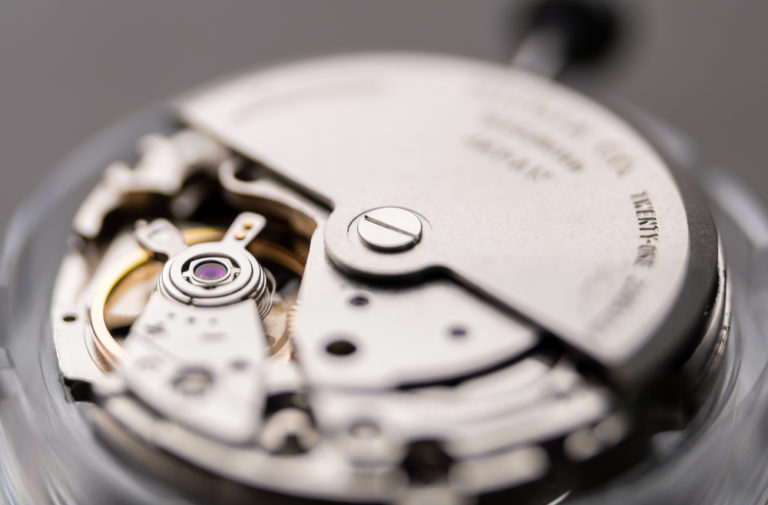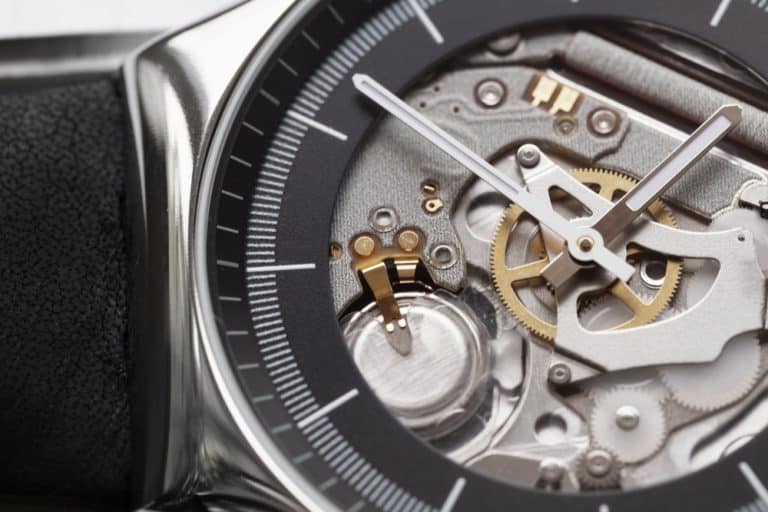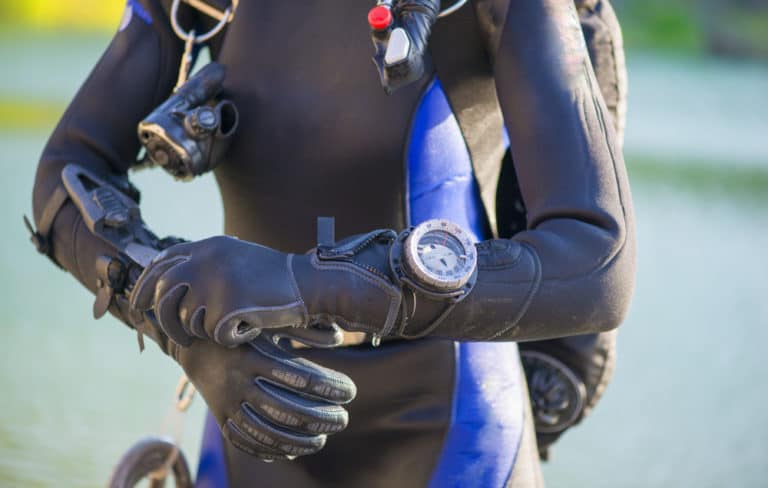A watch is one of the most important tools available to medical professionals. It enables accurate measurement of the patient’s pulse, enabling prompt treatment decisions to be made while also being available to record patient medication intake and other interventions.
Doctors and other medical professionals wear their fob watches upside down so that they can look down on the watch’s face without touching it. This orientates the hanging watch in the correct position for easy viewing while maintaining a sterile environment.
Medical professionals use their watches to assist with the provision of lifesaving interventions while also more mundane but essential records to be updated.
The Reason Why Doctors Wear Their Watches Upside Down
There are several reasons why doctors and nurses wear watches upside down.
In terms of infection control, medical professionals are required to be completely bare below the elbows.
The effect of this is that the following are not permitted:
- Medical personnel are not allowed to wear long sleeve shirts.
- No ornate rings may be worn.
- Nail varnish is prohibited.
- Exercise trackers and wristwatches are not permitted.
As medical staff require watches, nurses wear FOB watches to overcome this, and more recently, doctors have begun to follow suit.
A FOB watch is attached to a short ribbon (or chain) that hangs out of a pocket or is attached to the chest.
The FOB watch is worn upside down because it places the watch’s face automatically in the correct orientation when the user looks down on the watch’s face, without the medical professional touching it with their hands.
How Do Doctors Wear Their Watches?
Access to a watch is essential for doctors and nurses, depending on the circumstances, are worn in the following ways:
- Wearing FOB watches that are pinned to their shirts.
- Hanging from a chain around their neck.
- The conventional position on the arm with the watch face orientated in reverse.
- Worn with the watch face rotated onto the inside of the wrist, orientated facing up.
- The watch is worn through a belt loop on the trousers.
- Worn with the watch facing inward on the wrist.
- In operating theatres, doctors and nurses remove all jewelry, including watches.
In most hospital settings involving patient treatment, doctors and nurses must be “bare below the elbows” and not wear any jewelry or watches from the elbows to the hands.
Therefore, options three and four are only permitted when a sterile environment is not required.
How Do Nurses And Paramedics Wear Their Watches?
It is a rare situation where a nurse or paramedic wears a watch with a conventional strap around the wrist. The hospital rules concerning infection control prevent a watch from being worn below the wrist.
Instead, they use a pin to hang the FOB watch upside down on their chest, similar to a medal.
This allows the watch to be monitored without touching, particularly if it is slightly raised by placing a tissue or small piece of cloth behind it.
Why Don’t Medical People Wear Their Watches On The Wrist?
There are several reasons why doctors and other medical personnel are not permitted to wear their watches on their wrists.
Infection Control
The primary reason that watches are not worn at risk is infection control.
The watch has many holes, threads, and edges that can pick up and transport potentially pathological material.
The matter may be on the watch’s surface or possibly trapped in the hasp, holes on the watch strap, or even between the straps links.
If the medical professional’s watch is worn on the wrist, being so close to the medical professional’s hands means there is a real risk of bacteria, or other contaminants, transferring from the watch to their hands and then onto the patient.
For this reason, hospitals and medical bodies require no jewelry worn below the elbows.
Creating A Sterile Environment
It is not possible to properly wash the hands without also washing the wrists, and as such, if a watch is worn, it makes full sterilization of the hands impossible.
It Prevents Injury To The Patient
When a medical professional assists patients in changing position in a bed, helping them shower or even helping them stand, the watch hasp or bezel may scratch, cause skin trauma or otherwise hurt them.

What Do Medical Professionals Use Their Watches For?
There are three reasons why doctors, paramedics, and nurses wear watches.
To Track The Patients Vital Signs
The most common reason why doctors and other medical professionals wear a watch is to
Record heart rates.
This provides an immediate measurement and assessment of the patient’s condition and cardiovascular status.
This and other diagnostic checks enable the doctor to immediately prescribe appropriate treatment and medication in a new diagnosis.
Ensure Medication Is Taken Correctly
Having a watch allows nurses to ensure that patient medications are administered at the correct time intervals.
The watch enables the nurse to record the time the medicine was provided in the patient’s file, which nurses on later shifts can refer to and ensure subsequent doses are provided timeously.
To Ensure That Patient Measurements Are Correctly Recorded
The doctors and nurses use their watches to record the timing of events during the patient’s treatment, which may include the following:
- When a patient urinates, and the quantity thereof.
- If the patient has a significantly relevant medical event (such as a seizure), the doctor or nurse will record when and how long it lasted.
- The times and duration of a patient exercising.
Documentation And Laboratory Time Sheets
The doctors and nurses use their watches to complete clinical documentation.
These records include the exact time and date records of when medicines, evaluations, and tests are required.
In addition, lab graphing and recording are conducted with patients.
If the record keeping is not precise, it may be hard to assess the patient’s condition and the rate of improvement or deterioration.
To Record the Time Of Death (Or Birth)
An accurate watch is essential to record the patient’s time of death or, in more joyful circumstances, the time of a newborn’s birth.
Conclusion
Doctors and other medical professionals wear their watches upside down to let the fob watch faces be orientated correctly and seen without touching the instrument.
This enables a sterile environment to be maintained, as there is no need to touch the watch and transfer pathological material onto the patient.







